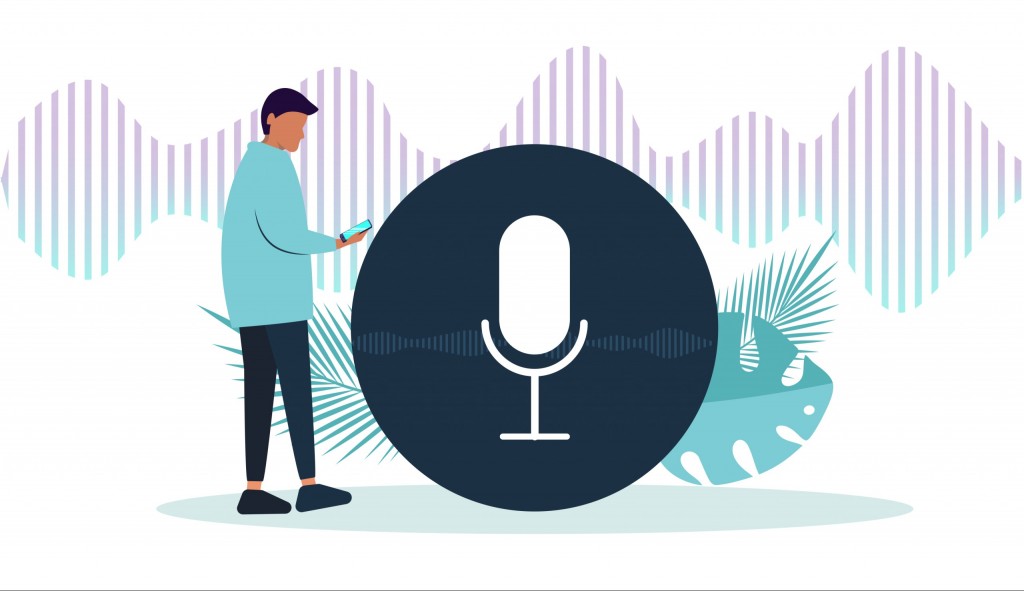Words matter (in more ways than one) when talking about or talking to smart speakers. Simply calling these devices that sit on our desks and counters a “speaker” evokes the idea of a one-way engagement where music, news and information is simply delivered via audio – or audio and video on those devices that also include screens like Google Nest Hub or Amazon Echo Show.

Smart speakers are in high demand. Consumers looking to add a smart speaker to their home shouldn’t have a problem finding a discount during the holiday shopping season. But deciding to purchase smart speaker is the first and easiest decision to make. The next decision after saying “yes, I want a smart speaker,” is which one to buy. That’s when it becomes clear the device is much more than a smart speaker, it’s a voice platform.
The puck sitting on my desk ready to stream my favorite radio station, answer my question or turn on my office lights is unassuming yet incredibly powerful. The platform powering it creates an engaging user experience. According to the Smart Audio Report, I’m like 78% of smart speaker owners that use Alexa and I’m also like 41% of smart speaker owners with a Google device. When I include my Apple iPhone and MacBook Pro, I’m bouncing between three voice ecosystems every day. Data from eMarketer puts it in even broader context: 38% of the U.S. population uses a voice platform at least once a month on any device.
These ecosystems don’t always play well with one another, but they do play well with various devices throughout my home. For example, I can turn on my Christmas tree lights through any of those devices just as easily as I can ask for music to begin playing.
Why does thinking about these devices as voice platforms rather than smart speakers matter? For most consumers, it makes things easier because we’re using a form of communication humans begin to learn starting at 12-18 months after birth. While these voice platforms aren’t smart enough to fully comprehend some of the questions I ask or statements I make, it’s getting better each day. At some point, my simple utterances will grow into actual conversations. It’s not a one-way delivery mechanism.
For broadcasters, it’s an opportunity. If we relegate voice platforms to just “smart speakers,” we run the risk of losing sight of what these platforms can offer. It’s an opportunity to create individual experiences with our listeners and viewers. We’re already accustomed to those kinds of two-way relationships via our web and mobile properties. This is another layer of personalization.
Another thing to consider is that smart speakers don’t travel well, but voice platforms do. We carry them in our pockets each day. We wear them on our wrists. We are increasingly shuttling them around in our cars. Smart speakers sit on our desks and counters. Voice platforms surround us and are there wherever we go waiting to be enabled (it can be a bit creepy, but that’s a topic for another day).
Choose your words carefully when interacting with a voice platform. You will find that you’re likely asking and expecting it to do something more than what a speaker, even a smart one, can do. The “smart” in “smart speaker” is the voice platform and that’s actually what you’re using.

